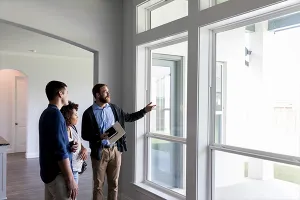Mid-century Homes
- Instagram.com/boisemidcenturyhomes/
- Instagram.com/h3kdesign/
- Instagram.com/savemidmod/
- Instagram.com/midcenturyhome/
- Instagram.com/stussiluquedesign/
- Atomic Ranch Magazine
- Mid-centuryhomes.com
- Modernism Week
Older Homes
- Visit Monica's website: FuntentionalLiving.com
- Visit Monica's blog: FranklinTNBlopg.com
- Email Monica
- Training4RE.com
- Center for REALTOR® Development
- CRS.com
- CRDpodcast.com
- Email the Center for REALTOR® Development








